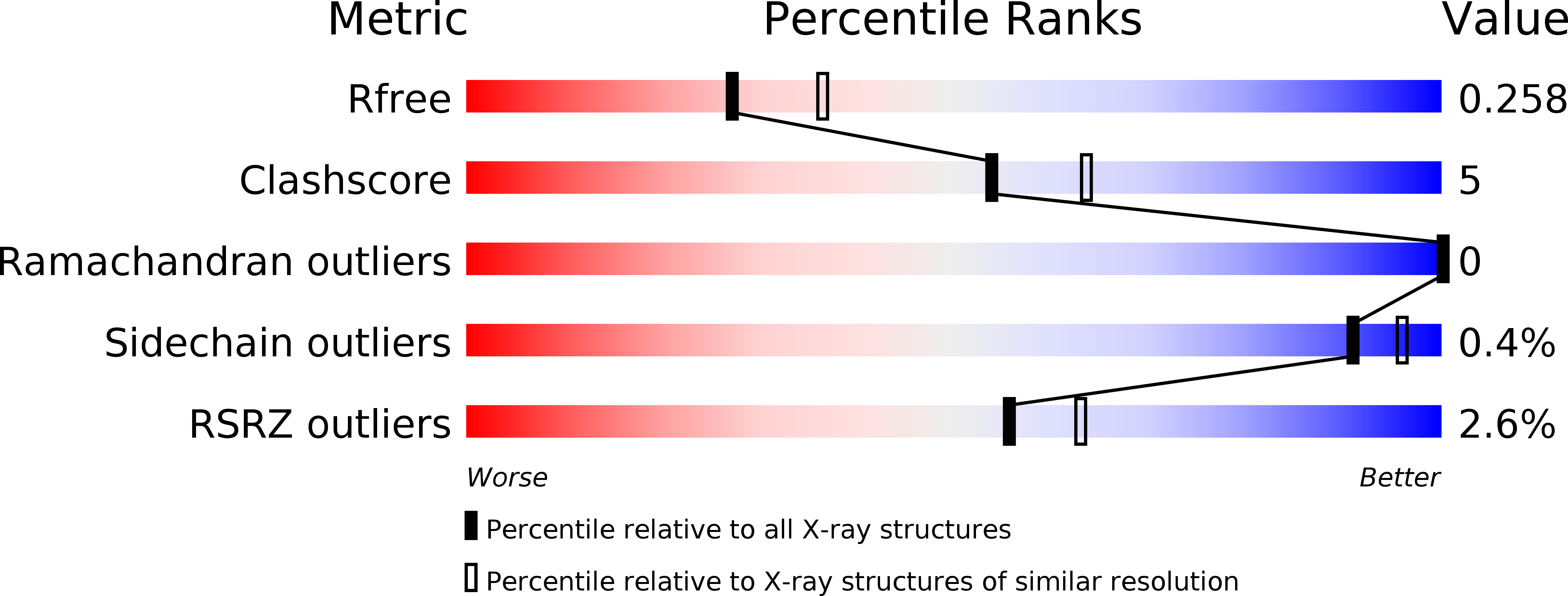Abstact
Neisseria adhesin A (NadA) is present on the meningococcal surface and contributes to adhesion to and invasion of human cells. NadA is also one of three recombinant antigens in the recently-approved Bexsero vaccine, which protects against serogroup B meningococcus. The amount of NadA on the bacterial surface is of direct relevance in the constant battle of host-pathogen interactions: it influences the ability of the pathogen to engage human cell surface-exposed receptors and, conversely, the bacterial susceptibility to the antibody-mediated immune response. It is therefore important to understand the mechanisms which regulate nadA expression levels, which are predominantly controlled by the transcriptional regulator NadR (Neisseria adhesin A Regulator) both in vitro and in vivo. NadR binds the nadA promoter and represses gene transcription. In the presence of 4-hydroxyphenylacetate (4-HPA), a catabolite present in human saliva both under physiological conditions and during bacterial infection, the binding of NadR to the nadA promoter is attenuated and nadA expression is induced. NadR also mediates ligand-dependent regulation of many other meningococcal genes, for example the highly-conserved multiple adhesin family (maf) genes, which encode proteins emerging with important roles in host-pathogen interactions, immune evasion and niche adaptation. To gain insights into the regulation of NadR mediated by 4-HPA, we combined structural, biochemical, and mutagenesis studies. In particular, two new crystal structures of ligand-free and ligand-bound NadR revealed (i) the molecular basis of 'conformational selection' by which a single molecule of 4-HPA binds and stabilizes dimeric NadR in a conformation unsuitable for DNA-binding, (ii) molecular explanations for the binding specificities of different hydroxyphenylacetate ligands, including 3Cl,4-HPA which is produced during inflammation, (iii) the presence of a leucine residue essential for dimerization and conserved in many MarR family proteins, and (iv) four residues (His7, Ser9, Asn11 and Phe25), which are involved in binding 4-HPA, and were confirmed in vitro to have key roles in the regulatory mechanism in bacteria. Overall, this study deepens our molecular understanding of the sophisticated regulatory mechanisms of the expression of nadA and other genes governed by NadR, dependent on interactions with niche-specific signal molecules that may play important roles during meningococcal pathogenesis.



